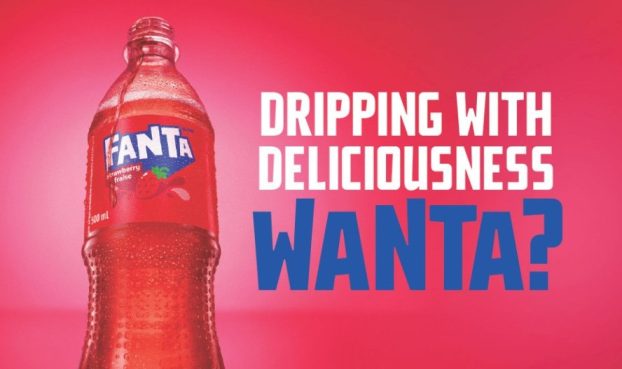It is an axiom of the human condition that, left to their own devices, people will make for themselves those decisions which they feel confident to make.
If you don’t trust yourself to pick stocks, you go to a broker. If you do, you trade online.
My parents bought practically everything in their house at Eatons, trusting that if it was good enough for Eatons, it was good enough for them. What really killed Eatons was millions of people acquiring the confidence to trust their own taste, ability and personal information database to select shoes and shirts, couches and kitchen tables, cameras and stereos and skis from a whole universe of specialized retailers.
When you think you no longer need the buyers at Eatons to edit the world of merchandise on your behalf, who needs a department store?
Back when Eatons was the king of merchandising, ad agencies were big department stores for marketers. There was a media department, a creative department, a broadcast production department, a research department, a finished art department. And an account service department that mirrored the client’s marketing department structure as a kind of parallel universe, doing the same things that the client did with a bit less information, a lot less authority, but with much sharper suits. What’s more, the whole thing was repeated, duplicated in French, down in the Montreal office!
But clients by and large, trusted their big, multi-departmentalized agencies to sort out the burgeoning new world of communications, with television and an unimaginably booming economy providing floodtides of money to fund practically anything an agency could imagine and get a client-side signature on.
Big marketers could hire big, know-nothing ex-football players to be their advertising managers, and nothing would go terribly wrong, because the integrated agency structure wouldn’t let anything go terribly wrong.
Then, quietly at first, the big departmentalized agencies began to unbundle. In fact, media was not the first to go. At least here in Canada, the research people slipped out of the agency and opened down the street as independent research companies.
But research wasn’t quite the magic box it once was, and you didn’t need it every day. So the client understood that it was okay to get those people off their agency’s payroll, as long as they were available when the need arose.
Then the broadcast producers unbundled. And independent finished art studios grew big and prospered off big agency work. (Toronto once boasted the biggest independent graphic studio north of Disney in California.)
Mind you, the agency was still mostly the client’s gatekeeper. We chose the art studio to render our storyboards, the freelance producer to go on the shoot, the three research houses to tender a bid.
It was when media unbundled that things got really interesting. Suddenly, clients could fire the ‘agency,’ or what was left of the old idea of an agency, and retain the department where the big money was actually spent.
Saul Waring, whose Waring & LaRosa agency in New York was the best agency I ever knew up-close, told me – with profound disgust – that New York clients are hiring consulting firms to tell them what to tell their ad agencies to do. There goes the account service department.
But clients, like everyone else, believing they have grasped and de-mystified the business of advertising, will choose to make those decisions formerly made in their advertising agency. The house of magic is transformed into a flawed business model in a couple of decades.
Our clients are people in marketing, sales, finance, manufacturing. The ideas that create and build their brands, that drive their empires, come from the minds of brilliantly imaginative creative people who historically have been employed in their ad agencies. People who give those astonishing ideas away, practically for free. People on ninety days notice.
The best of these people are in a league with Disney, Spielberg, J.K Rowling. Today, where such astonishing ideas are to continue to come from, and to be recognized as such, is what used to be called the sixty-four thousand dollar question for marketing, sales, finance and manufacturing.
Barry Base creates advertising campaigns for a living. He writes this column to blow off steam, and as a thinly disguised lure to attract clients who may imagine working with him could be a productive and amusing experience. Barry can be reached at (416) 924-5533, or faxed at (416) 960-5255, at the Toronto office of Barry Base & Partners.























